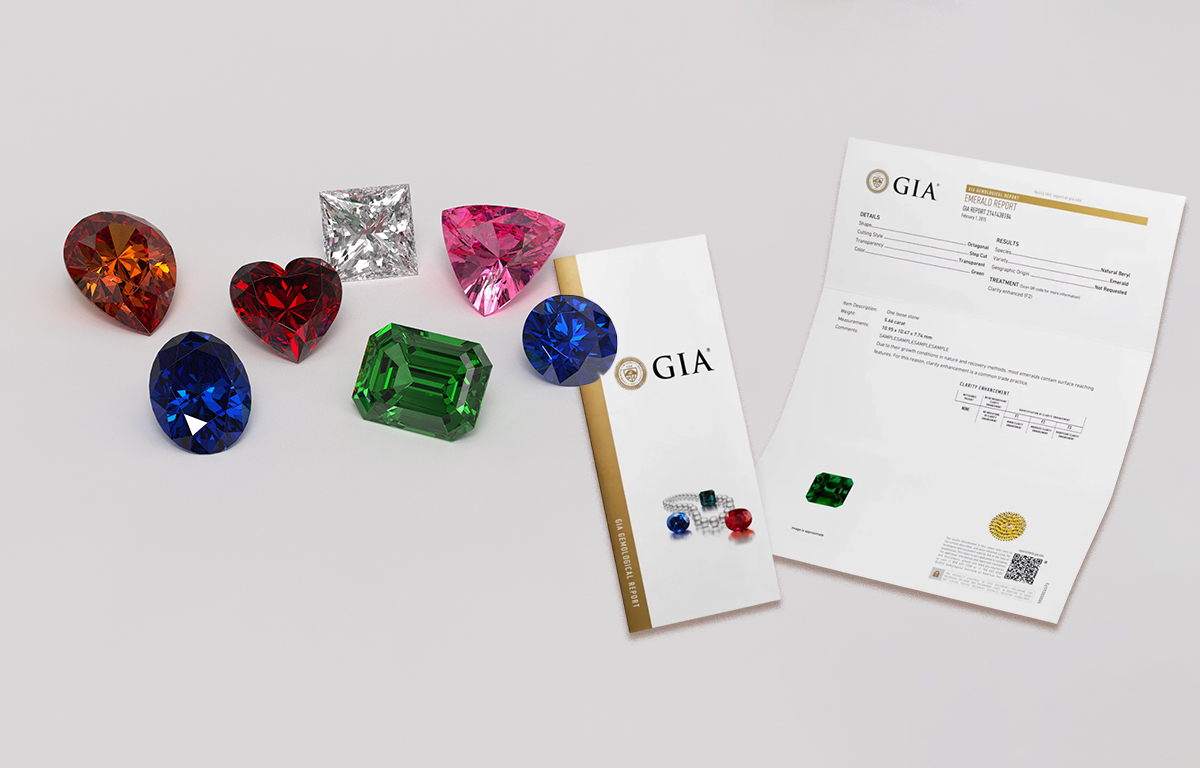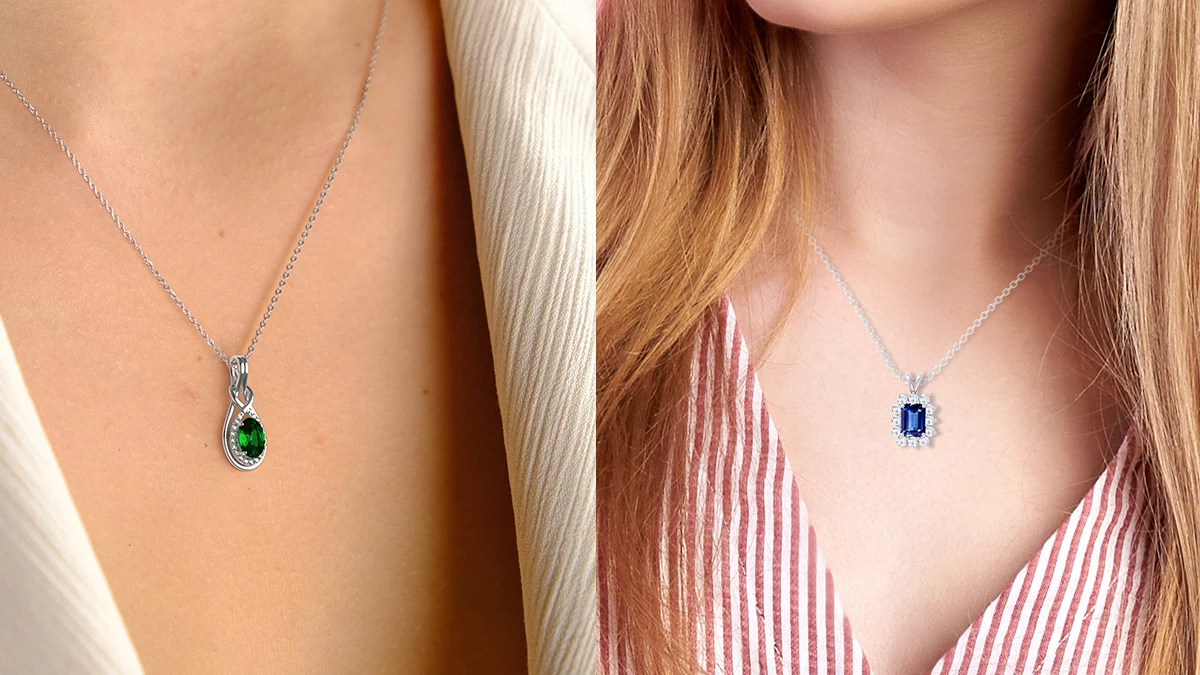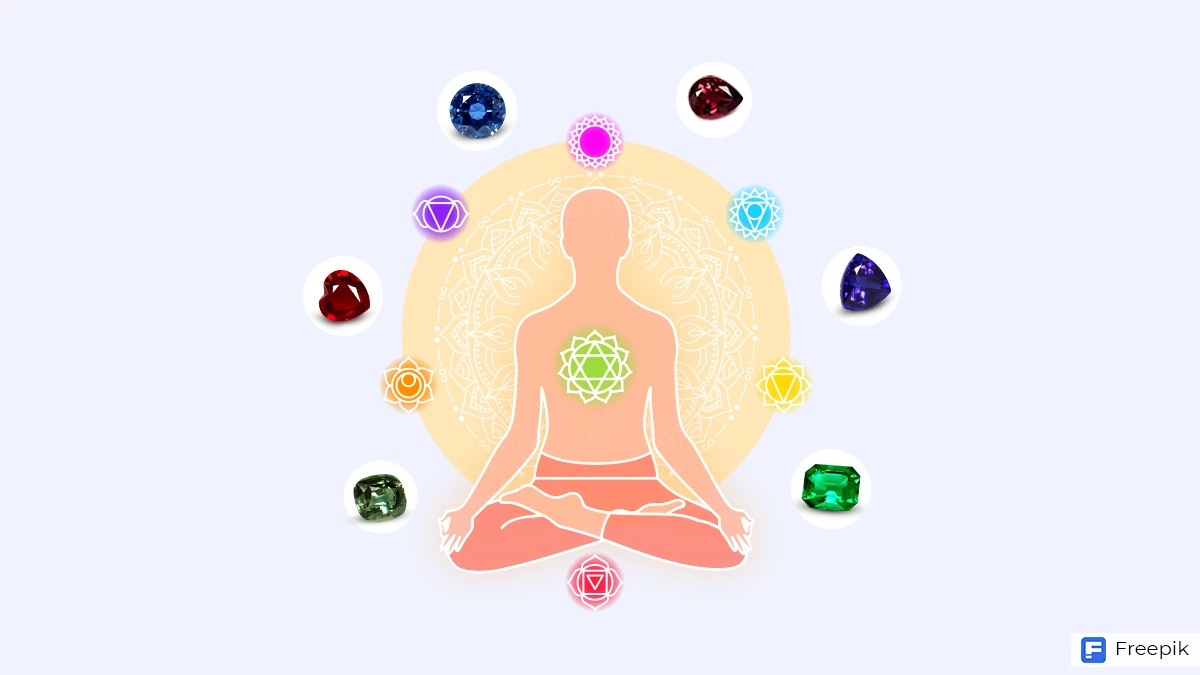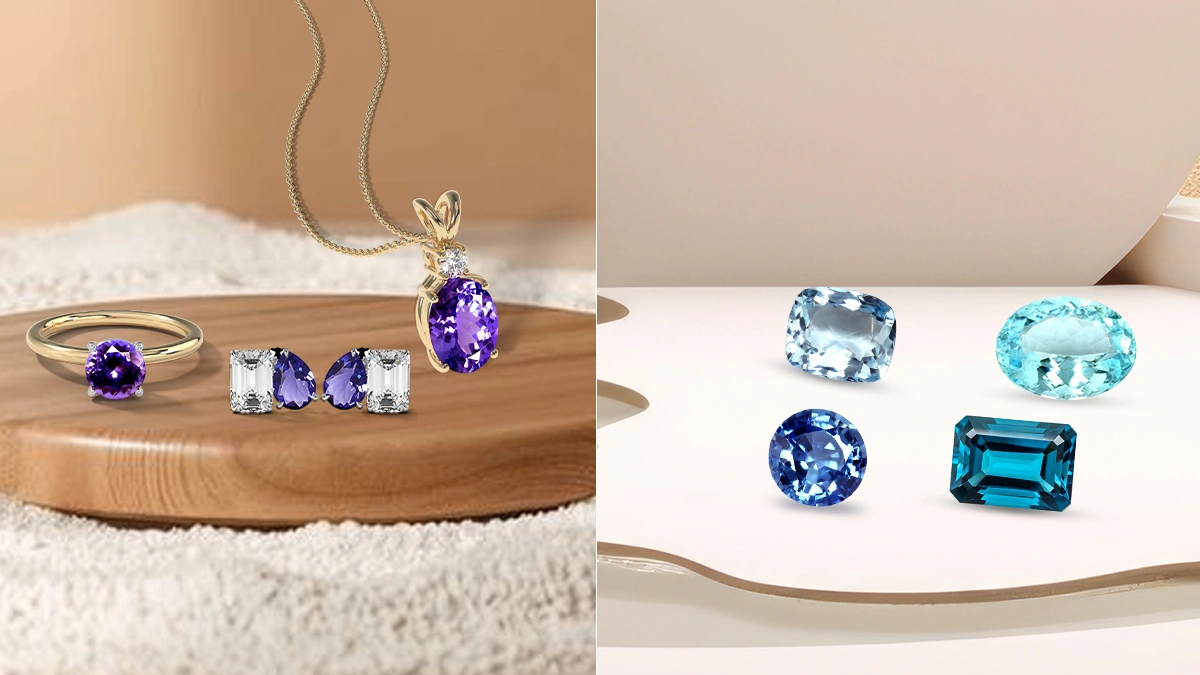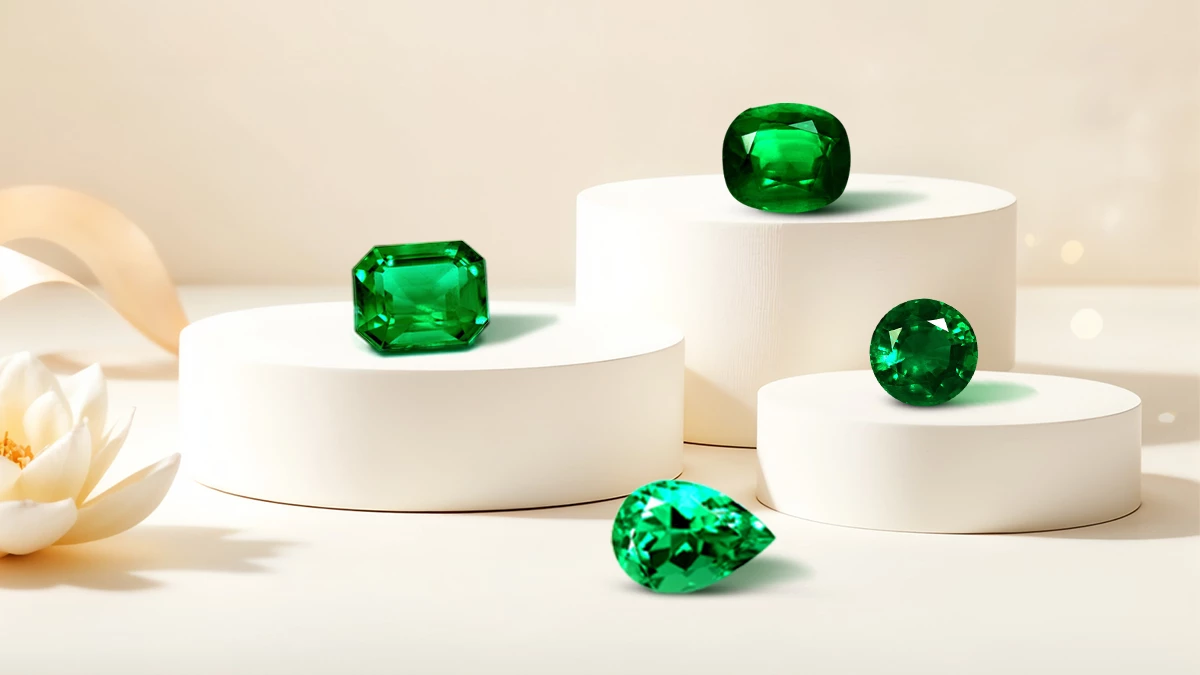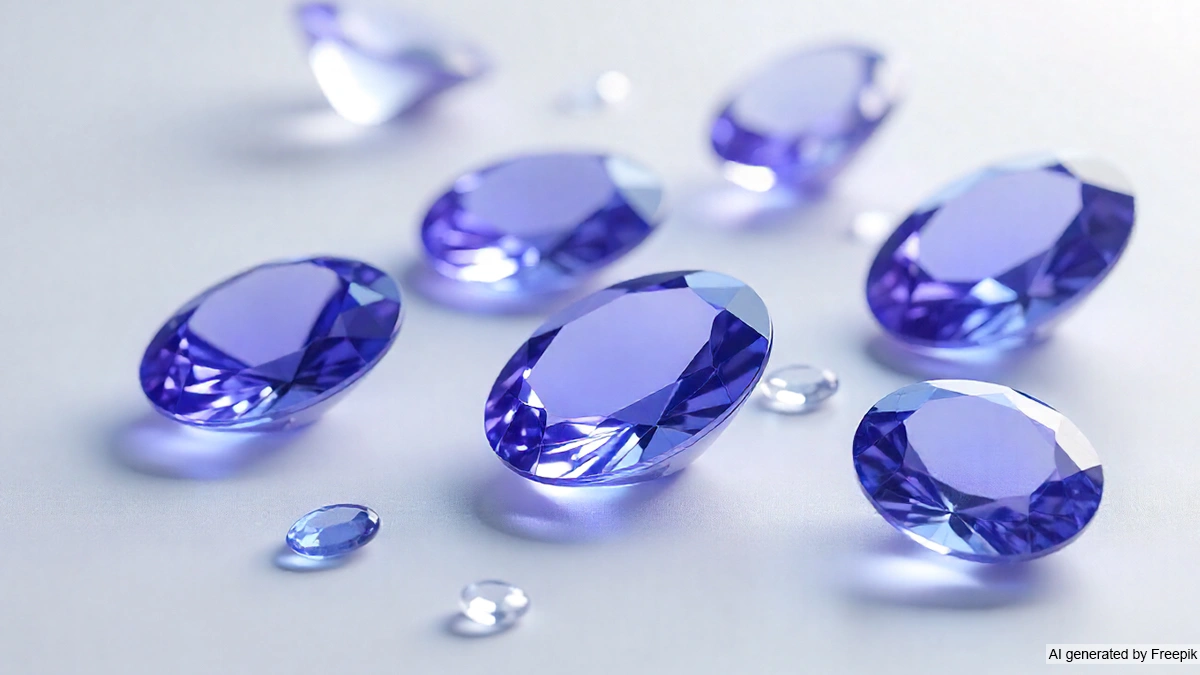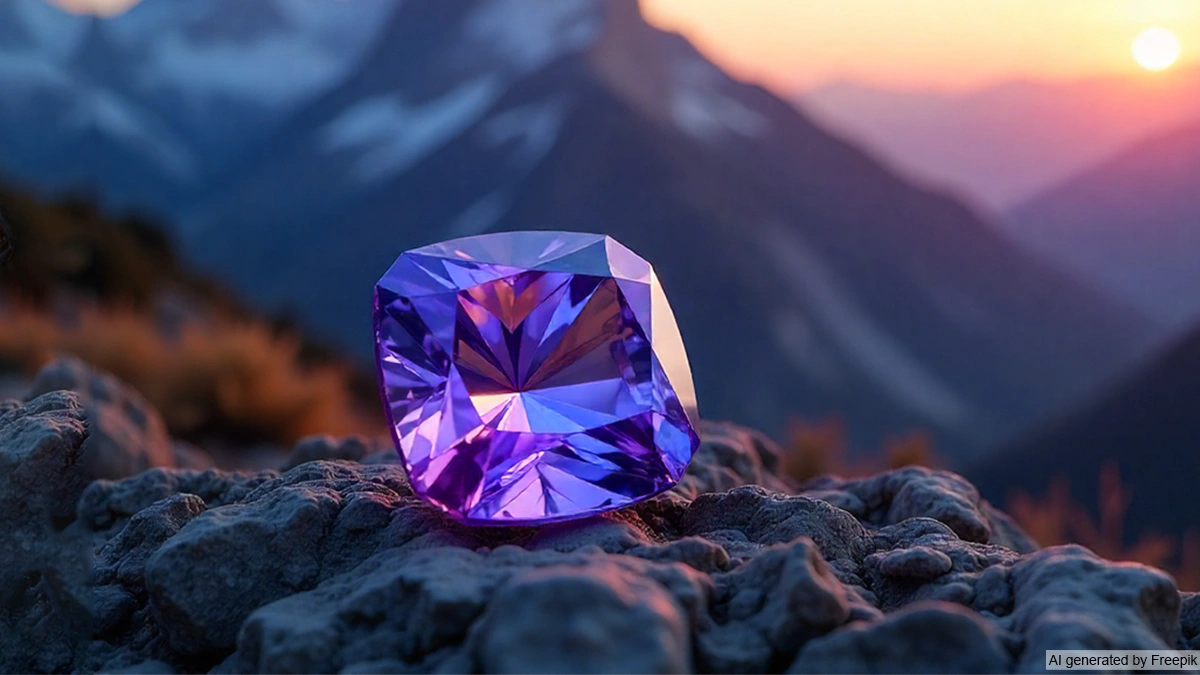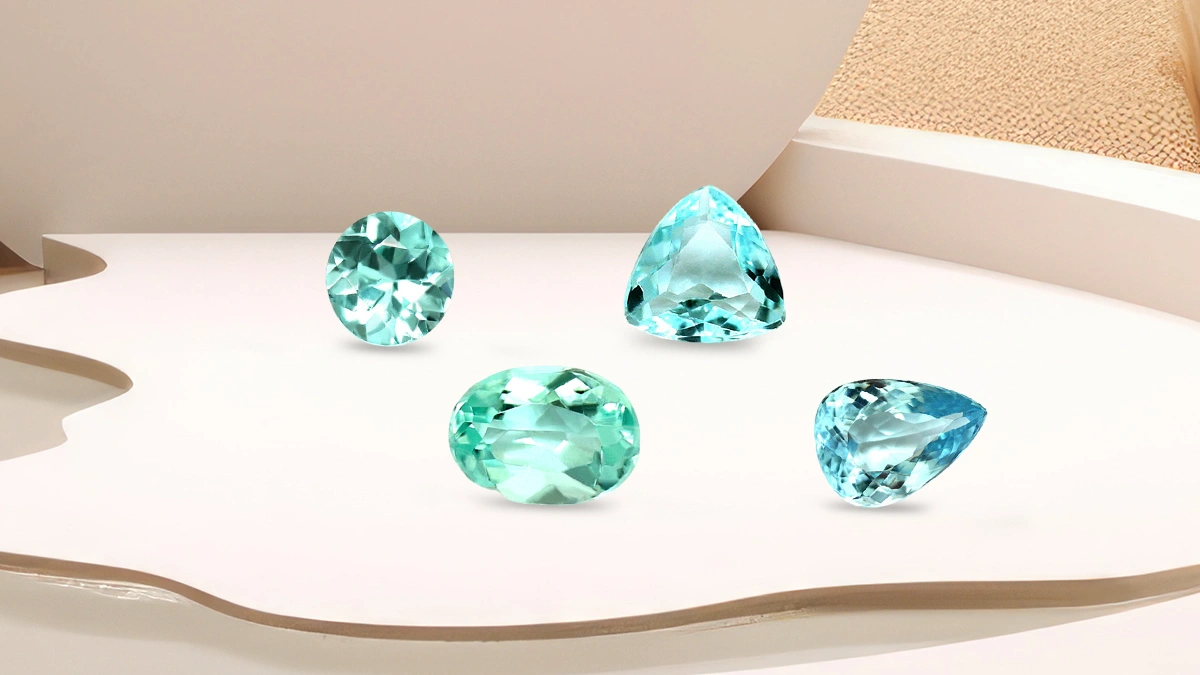Investing in gemstones is like opening doors to tempting, colorful gems, which you can’t take your eyes off, especially when decorated in jewelry. People are often fascinated by them as they are not just beautiful but also used as symbols of riches, power and spirituality. These gemstones have attracted interest for millennia. But how can you be sure that the dazzling ruby or sapphire you are investing in, is authentic and has lasting value? That’s where the role of gemstone certification comes in.
Gaining knowledge about this certification is essential for making educated decisions in this captivating world of precious stones. Whether you are buying a statement emerald pendant or a royal sapphire ring it ensures genuineness and confidence in your investment. In this guide, we’ll cover everything about gemstone certifications- why it matters, how they affect the gemstones you buy and more.
Understanding Relevance of Gemstone Certification
Undeniably, gemstones are a big investment.
Whether you’re purchasing a diamond ring or a ruby pendant, certification ensures that you’re getting value for your money. Without it, you could end up paying premium prices for a synthetic stone or one with undisclosed treatments. Hence, a gemstone certificate (also known as a gemstone grading report) is a document issued by an independent licensed gemological laboratory.
This certificate verifies the quality, authenticity and value of a gem. Thus, it provides buyers with the information related to stone cut, origin, clarity, carat weight, measurements, color, enhancements/ treatments and transparency. This information allows buyers to make informed decisions. Think of it as a gemstone’s birth certificate—it can corroborate a gem’s identity and authenticity.
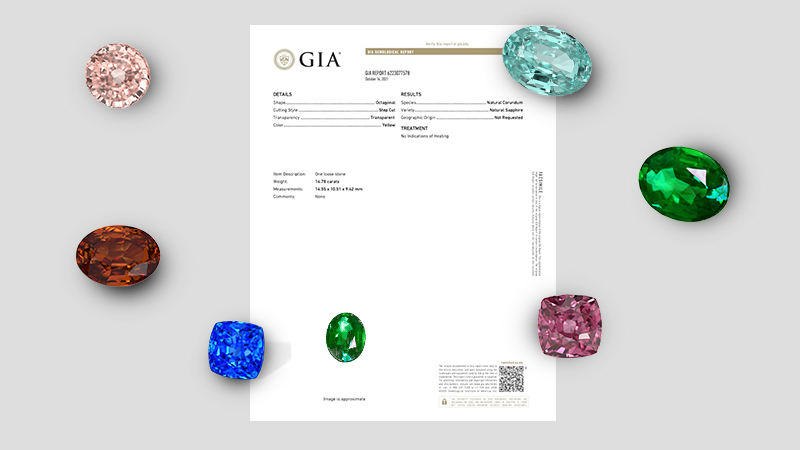
Certification plays an important role in protecting buyers from being deceived with false information about the gemstone. It ensures that they are paying for a genuine, high-quality item. Gemstone certification is advantageous to both the buyer and the seller.
For the seller, certification provides credibility and trustworthiness, as buyers are more likely to invest in products with a valid certificate. It also provides a record of the gemstone’s history and can determine its authenticity in the future.
Process of Gemstone Certification
It includes the use of specialized tools and techniques, experienced gemologists and strict guidelines to examine a gem’s quality and authenticity. Here’s how a typical certification process works.
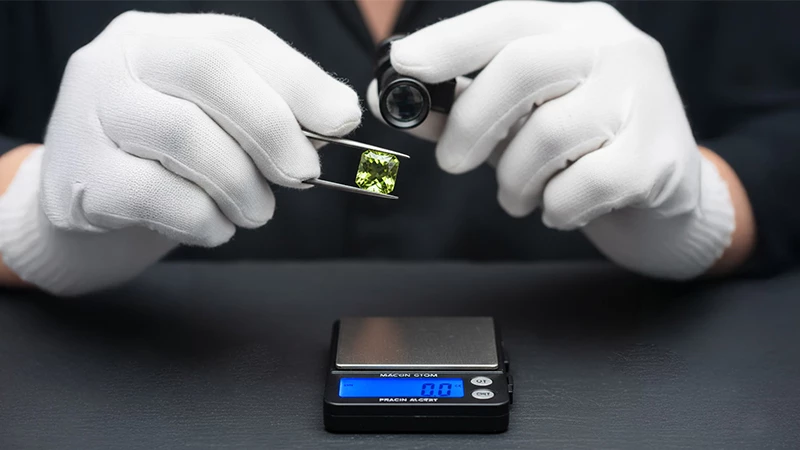
Visual Assessment
Firstly, the gemologist will inspect the gemstone under a microscope to detect any inclusions or external flaws. This step monitors whether the gemstone is natural or synthetic.
Measurement and Weight
Now, the expert will carefully measure the gemstone’s dimensions, weight and proportions. The weight is expressed in carats, while the cut and symmetry are analyzed to know how well the gemstone has been shaped.
Color Analysis
Gemologists will evaluate the gemstone’s color using standardized color grading systems. The depth and uniformity of the color are key factors in determining the stone’s value.
Advanced Testing
To confirm the gemstone’s authenticity, gemologists often perform advanced tests. These include.
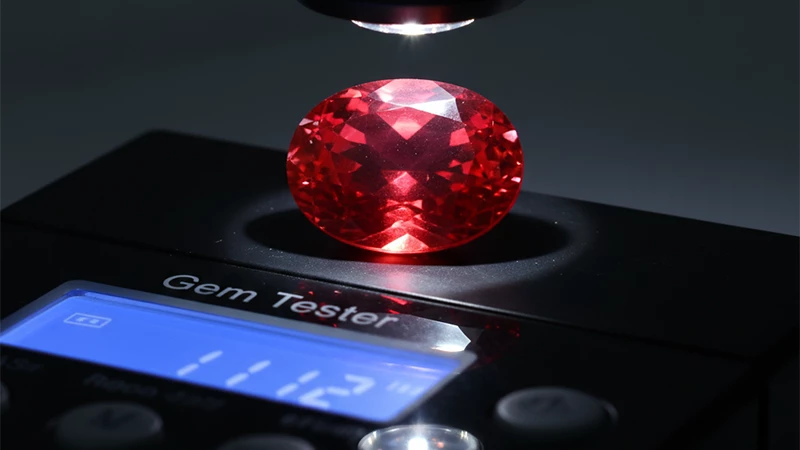
- UV fluorescence: It is used to distinguish between natural and synthetic gems and detect treatments or composite stones. When a UV light is shone on a gem, you notice if it glows, what color it is and how intensely it glows. The resulting glow, or lack of it, provides hints for identification. For example, a synthetic ruby may glow brighter red than a natural one.
- Infrared spectroscopy: It helps to measure light passing through the stone. The wavelengths absorbed by the stone can help to determine the type of gemstone and its chemical composition.
- X-ray fluorescence: It identifies trace elements that may be present in the stone. All of this data is then compared with a known reference sample or “master” set of data to confirm the identity of the gemstone.
- Polariscope: Sometimes, a polariscope is used which assess pleochroism (when gemstones display different colors when viewed from different angles).
These tests can reveal the gemstone’s true nature, including whether it has been treated or enhanced in any way. After a thorough analysis, the laboratory issues a certificate that details the gemstone’s attributes and all the findings. It provides buyers the assurance regarding its quality and authenticity.
Types of Gemstone Certificates
Depending on different factors such as the stone type, origin, characteristics and more, certificates can vary slightly. The most common types include:
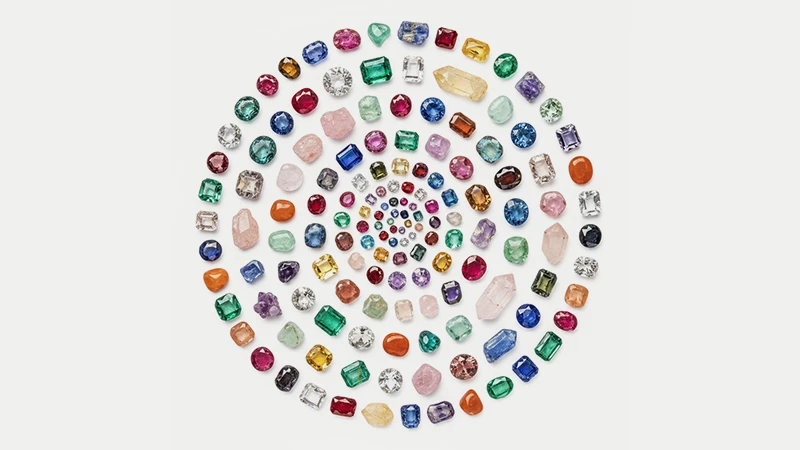
Laboratory Certificates
These are the most commonly used lab certificates issued by respected gemological labs that operate with cutting-edge technology and experienced gemologists. Laboratory gemstone certification can offer in-depth evaluation of the gem’s characteristics, including its cut, color, clarity and carat weight. Sometimes, to provide complete transparency, they may additionally identify any treatments or improvements the gem has undergone.
Appraisal Certificates
It focuses on the value of a gemstone. While appraisal certificates consider estate valuations, they are frequently utilized for insurance purposes.
Treatment Certificates
These certificates disclose heating and other treatments that the gemstones have undergone to improve appearance and durability.
Online Certificates
Online purchases of certified gemstones have grown in popularity over the years. Therefore, on online shopping platforms, certifications available alongside gemstone listings should offer crucial information regarding the qualities and place of origin of the gem. This gives assurance and peace of mind to customers while making online purchases.
Origin Certificates
Origin certificates are extremely important as some gemstones carry a high value due to their origin. The location of the mine indicated on the origin certificate may greatly impact an item’s worth. For instance, Burmese ruby or Sri Lankan sapphire command a premium price as compared to gems from other locations.
Grading Scales
For qualities like color and clarity, gemstone certifications frequently involve a specific grading system. Accurate understanding of certification reports can be facilitated by becoming familiar with various scales, such as the GIA’s color grading scale or the clarity grading system. You can identify little differences in gemstone quality because of this information.
Notable Gemstone Certification Agencies
All gemstone certificates are not created the same. It is necessary to emphasize that important assessments must be carried out by a reputed grading laboratory. Some of the popular names include.
GIA (Gemological Institute of America)
It is arguably the most well-known and oldest gemological lab for gemstone certification among the leading gem labs. GIA is highly regarded for its strict grading standards and advanced technology, making the certificate widely respected worldwide. Further, it’s a non-profit organization with headquarters in Carlsbad, California.
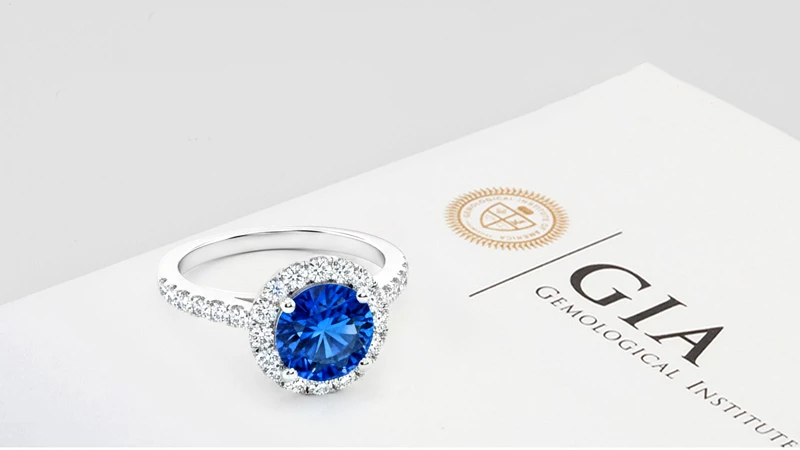
The GIA offers a vast array of services, including gemstone grading, identification, research as well as the latest news in the domain of gemstones. GIA established the 4Cs standard for diamond grading and offers comprehensive certification for a wide range of gemstones.
The GIA also conducts research touching on all aspects of the gemstone market, whether at remote mining locations or at its labs. This brings a deeper understanding of rough and polished stones.
International Gemological Institute (IGI)
The IGI is another highly regarded certification lab, particularly for diamonds and fine gemstones. It is known for its global presence with laboratories in over a dozen countries and offers a range of services.
This gemstone certification agency emphasizes on providing detailed grading reports, particularly for diamonds and colored gemstones, focusing on consumer education and transparency. IGI services include- identification, screening services, sorting services, security seals and more. It also provides information about diamond’s origin, treatments, quality and any other relevant information that a gemstone buyer or seller must know.
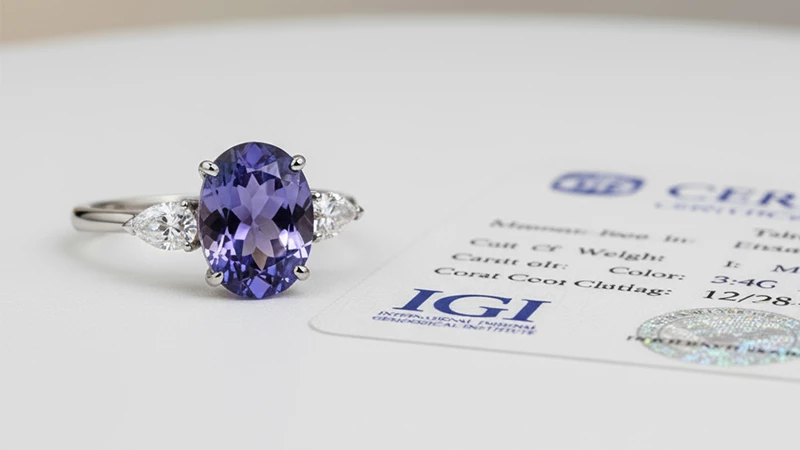
Gemstone certification reports by IGI are highly accurate,reliable and recognized across the world.
American Gem Society (AGS)
Though the AGS specializes in diamonds, it also certifies other gemstones. Its grading system is highly precise, making it a favorite among industry professionals. The AGL is based in New York City and offers numerous services including gemstone grading, identification, jewel report with grading and research.
AGL certification is well-known for its brilliance in colored gemstone grading and identification. This gemstone certification laboratory uses an intricate yet top quality grading system that evaluates a colored stone in no time based on its color, clarity, cut and carat weight. AGL also provides a detailed report that includes information about the gemstone’s origin, treatments, and any other relevant information.
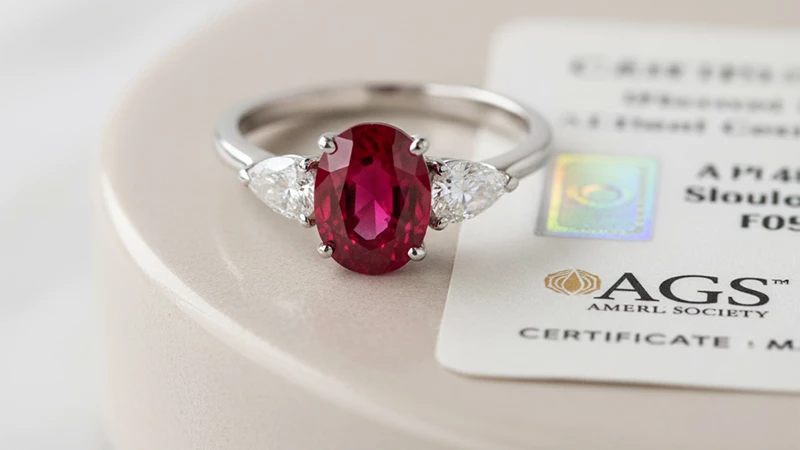
At GemsNY, you will find all the gemstones and diamonds with these leading laboratories certifications- GIA, IGI and AGL. We take full care to ensure every gem you purchase is authentic, graded and globally recognized for its quality. This makes your investment in certified stones a brilliant one.
Other Gemstone Certifying Agencies
Apart from the above popular laboratories, some of the additional agencies include: GRS, GemResearch SwissLab, Gübelin Certification, the European Gemological Laboratory (EGL, SGL Labs, etc. These agencies also provide comprehensive reports but are not widely accepted worldwide.
How to Read a Gemstone Certificate
Generally, a certificate contains the following key details and it may look complex at a first glance, but here’s how you can easily understand them.
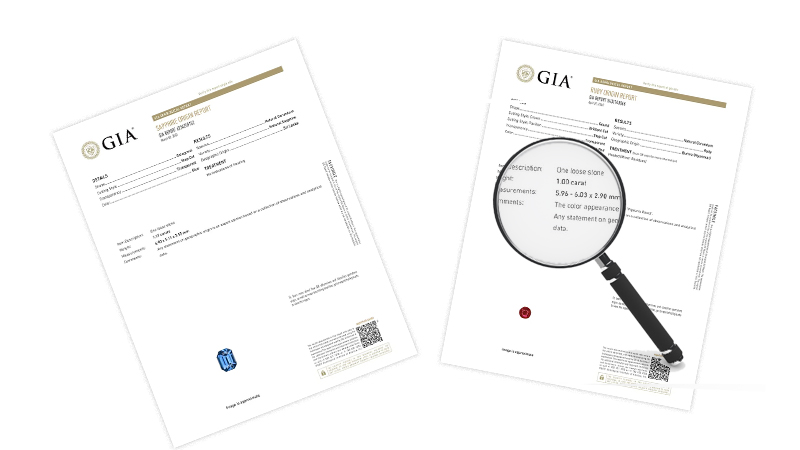
Gemstone Type
The first section of a lab certificate identifies the gemstone and provides details such as the certified ruby stone or natural original emerald stone. The certificate will mention the specific type of gemstone, whether it’s a natural untreated or treated.
Identification Number
A unique number to track the gemstone’s certificate.
Shape and Cut
The certificate describes the shape of the stone such as round, oval, square, cushion etc. How it has been cut to optimize its brilliance and beauty. This information is significant as the cut and shape affect the visual appeal and overall value of the gemstone.
For example, a well-cut certified yellow sapphire will have a greater brilliance than a poorly cut one, increasing its desirability.
Size (Carat Weight) and Dimensions
It specifies the weight of the gemstone, typically listed in carats. The certificate also includes the gemstone’s dimensions-length, width and height. This is especially crucial for larger stones like a natural original ruby stone, where size plays a significant role in determining value.
Color Grading
Undoubtedly, color grade is one of the most important factors in evaluating a gemstone’s quality. It throws light on the gemstone’s hue, tone and saturation. This will help you understand how it compares to other stones of the same type. For instance, a deeper, richer “pigeon blood red” ruby will typically fetch a higher price in contrast to other shades of ruby. The higher the quality of the color, the more valuable the gemstone is.
Clarity
Clarity indicates the presence of any internal or external flaws, called inclusions and blemishes under magnification. A higher clarity grade means fewer inclusions and a clearer stone, which is typically more valuable.
Treatments
Lists if the gemstone has been treated (e.g., heated, oiled, resin filled etc.). Untreated stones are rarer and more valuable. It’s indispensable to know whether a gemstone has been treated to improve its color or clarity. The certificate will indicate whether the gemstone has undergone any treatments such as heating, oiling, fracture filling, etc.
Origin
The certificate specifies the gemstone’s country of origin and this information can give clues about its rarity and value. For example, a natural ruby stone from “Burma (Myanmar)” commands a premium price than a ruby from other locations.
Any additional details that may not be mentioned in a standard report are given here. This is likely where you’ll find information regarding optical phenomena, such as the presence of gemstone chatoyancy (cat’s eye), asterism and fluorescence.
Finally, the certificate will list the certification authority (e.g., GIA or IGI) and provide the signature of the gemologist who evaluated the gemstone.
How to Verify a Gemstone Certificate
Once you’ve bought a gemstone jewelry and got a certificate in hand, you need to verify it. This step is important, it ensures legitimacy and matches the stone you’re buying. You can verify in the following ways.
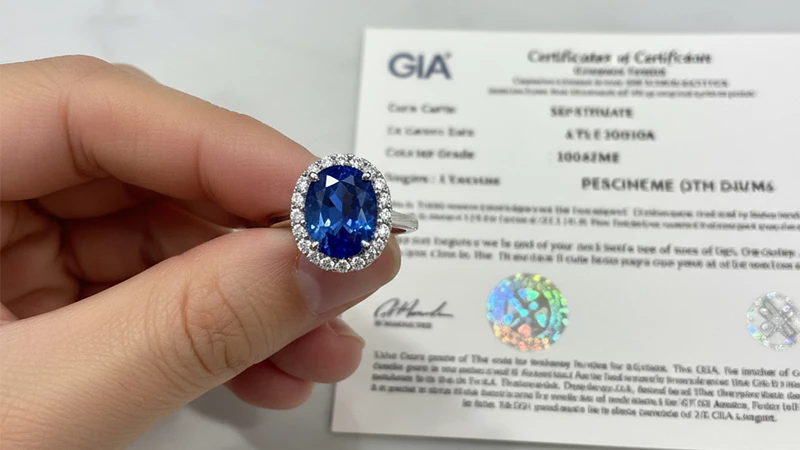
Check the Gemstone Certification Number
Every gemstone certificate carries a unique certification number. You can enter the report number on the lab’s official website and look up the stone’s details. And check whether the information matches to confirm its validity.
Verify the Lab’s Reputation
Ensure that a recognized and trusted gemological lab issues the certificate as its standards and technology are more reliable. Counterfeit certificates may have the names of fake or lesser-known labs, so research the certification body if you’re unsure.
Cross-check the Details
Check whether the information on the certificate (carat weight, color, dimensions, etc.) match the gemstone. Even small inconsistencies may indicate a forged or misrepresented certificate.
Assurance with Gemstone Certification
If you want to buy fine gem jewelry with assured authenticity and added value to your purchase, then gaining knowledge about gemstone certification is essential. Whether you’re investing in an emerald engagement ring or a colorful sapphire, a certification bridges the gap between emotion and expertise.
In the vibrant world of gemstones, GemsNY, takes pride in offering certified gemstones backed by trusted labs like GIA and IGI. We guarantee that your chosen gem is genuine, ethically sourced and worth every penny. Our transparency, quality and trust are echoed in countless positive GemsNY reviews from satisfied buyers.

